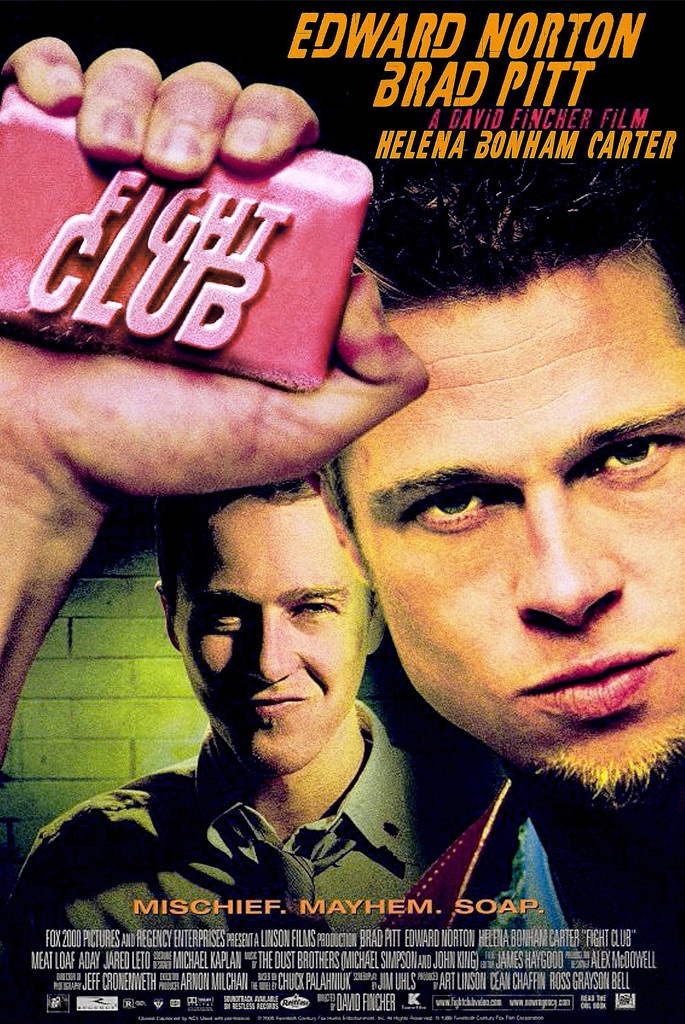Fight Club” is an alternative noir film created by the famous Hollywood director David Fincher in 1999, and countless fans who have watched the film will be fascinated by its tight and smooth plot and exciting shots. The film’s success is due to the director’s wild ideas, on the one hand, and the brilliant performances of Brad Pitt and Edward Norton, on the other.
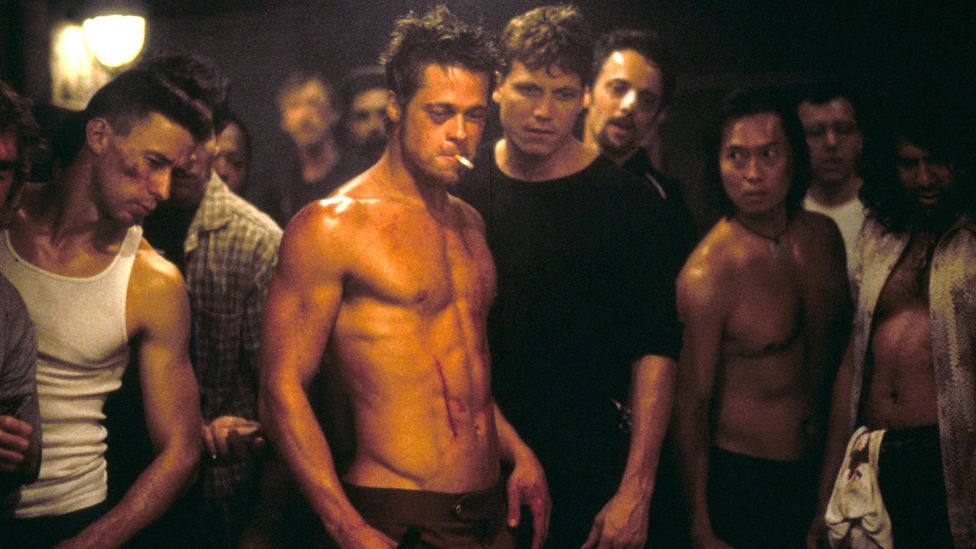
The movie is based on the novel of the same name, mainly about a white collar of a big car company suffering from severe insomnia, full of crisis and hatred of everything around him. By chance, he meets Tyler, a soap salesman, a rebellious, cruel and violent gangster hero, and stays in Tyler’s dilapidated home because of a fire in his apartment. The two men become good friends and start Fight Club, an underground organization that allows people to fight unarmed without pads, with the aim of letting off steam.

The club attracted more and more people and grew into a national underground organization, with Taylor’s personal charisma attracting blind devotees. Members of the club got into fights and wreaked havoc, and Tyler himself became more and more insane. The white collar became more and more intolerant of the current state of the Fight Club and Tyler’s behavior, and had an argument with Tyler, who left him. However, he finds that he can’t escape Tyler’s shadow anywhere he goes, and he begins to wonder, “Who am I?”
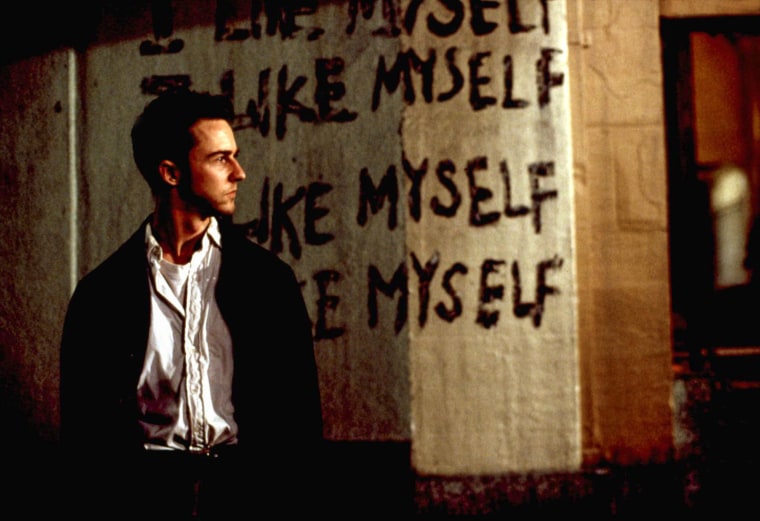
This is not a narrative story in the traditional Hollywood mode, and it can be found that the entire film is narrated by Norton’s voiceover and begins with it, which on the one hand enhances the clear personal style of the character. On the other hand it makes the contrast between Norton’s and Pitt’s interpretations of the character more stark, and the narrative space from this perspective gradually evolves into a confrontational effect before our eyes. What the director lets us see in Fight Club is the hopeless scene brought about by the protagonist’s insomnia and slackness. The camera ubiquitously shows the protagonist’s fractured life, paving the way for a breakthrough and an explosion of tension throughout the plot.
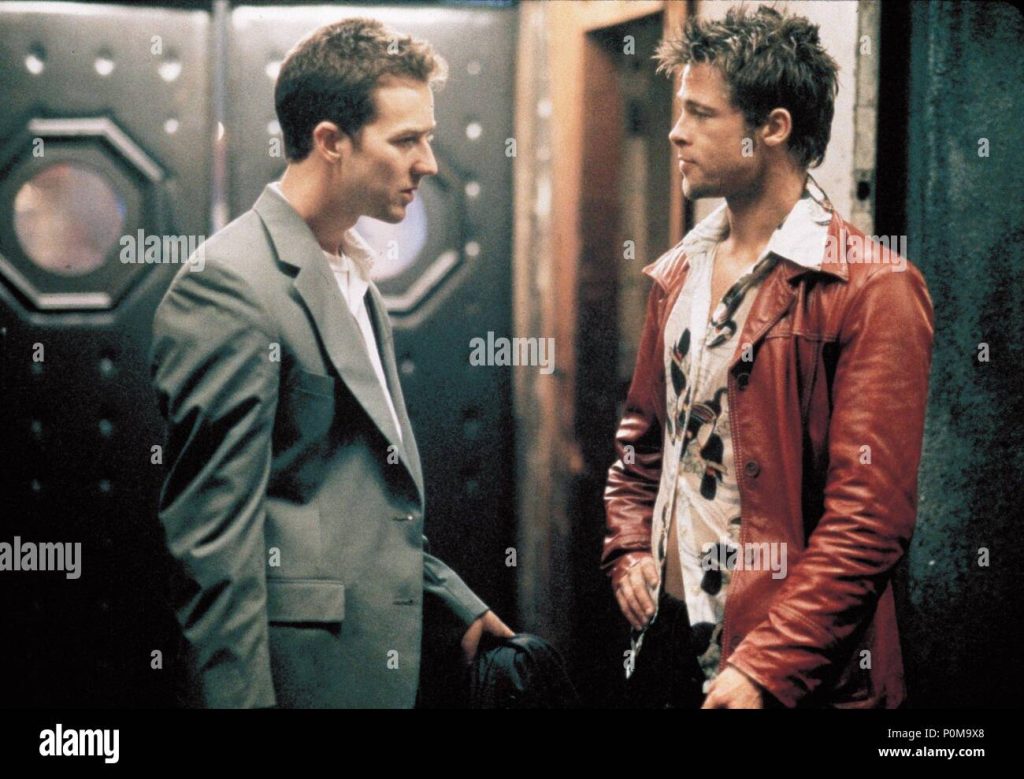
The film as a whole uses flashbacks and flashforwards, and the director uses clues and evidence of the protagonist’s memories and stream of consciousness as the driving force of the plot. However, the flow and expansion of consciousness is not so easy to understand logically. This leads to a splitting and collage of the film’s plot that invariably increases the threshold of understanding for the viewer. However, David Fincher makes full use of the feature that the film’s protagonist is a schizophrenic, so that the film’s plot gradually flows in the development of two different characters in the character’s body, and the further excavation of the self and the ego is well presented to the audience.
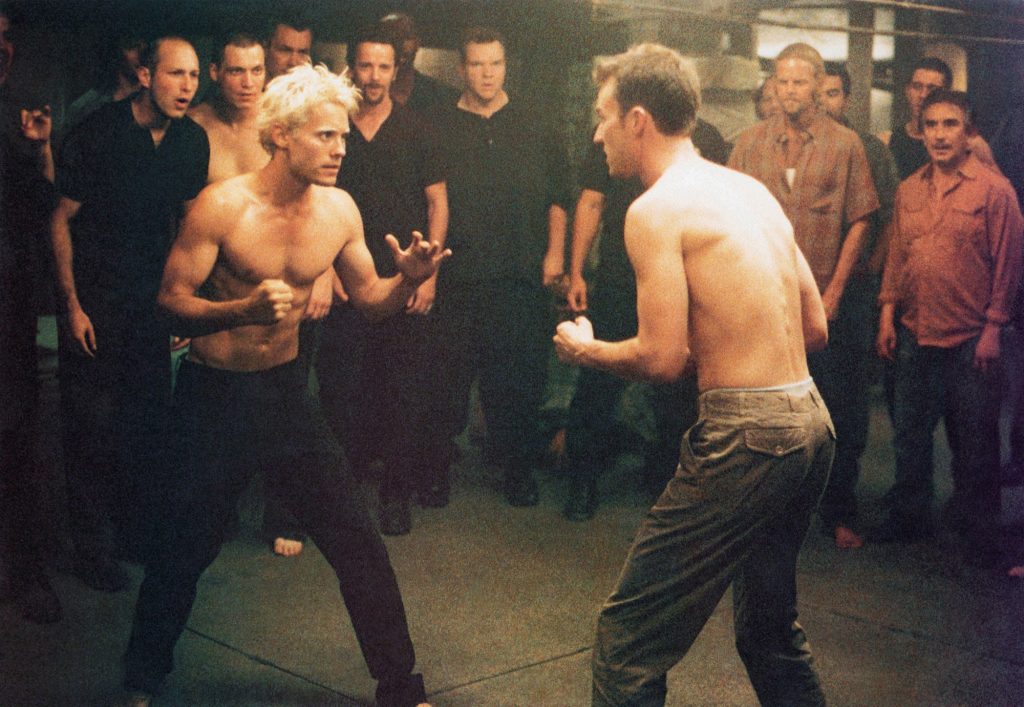
At the same time, “Fight Club” can be seen as a film that fully draws on the aesthetic style of violence. But this violent aesthetic is a special kind of innovation, which is fundamentally different from the visual violent aesthetics traditionally represented in the West, whose basic feature is to transform violent scenes such as battles and shootouts into visual stimuli through film and television technology, thus propagating the instinctive human desire for violence in order to attract the audience’s attention. But David Fincher rarely deals with violent scenes similarly. This violent aesthetic in Fight Club is a cognitive process of self-breaking and reshaping by people’s venting and confrontation with their bodies, a self-exploration with violence as a vehicle.
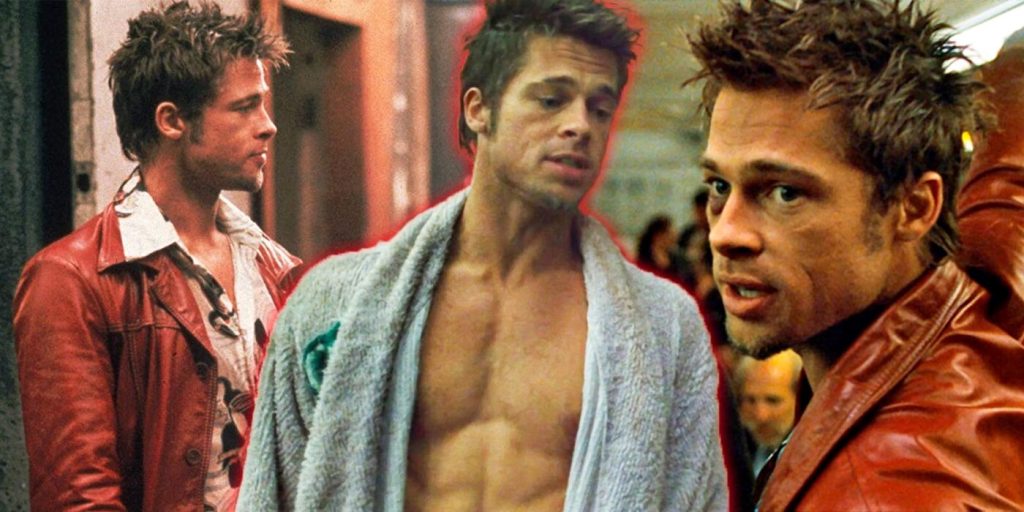
Overall, David Fincher’s film is an anti-Hollywood model of commercial cinema that attempts to tell a very decadent and crazy story, while balancing hope and beauty. There is no doubt that director David Fincher shows his unique personal style in the film, with a varied camera language and unrestrained portrayal of characters and situations, as the director explores anew with his atypical creations and strange ideas, trying to capture the “I” of the human spirit. It can be said that David Fincher has achieved a good balance between commerce and art, making the film a classic work with both exciting elements and soft core.
